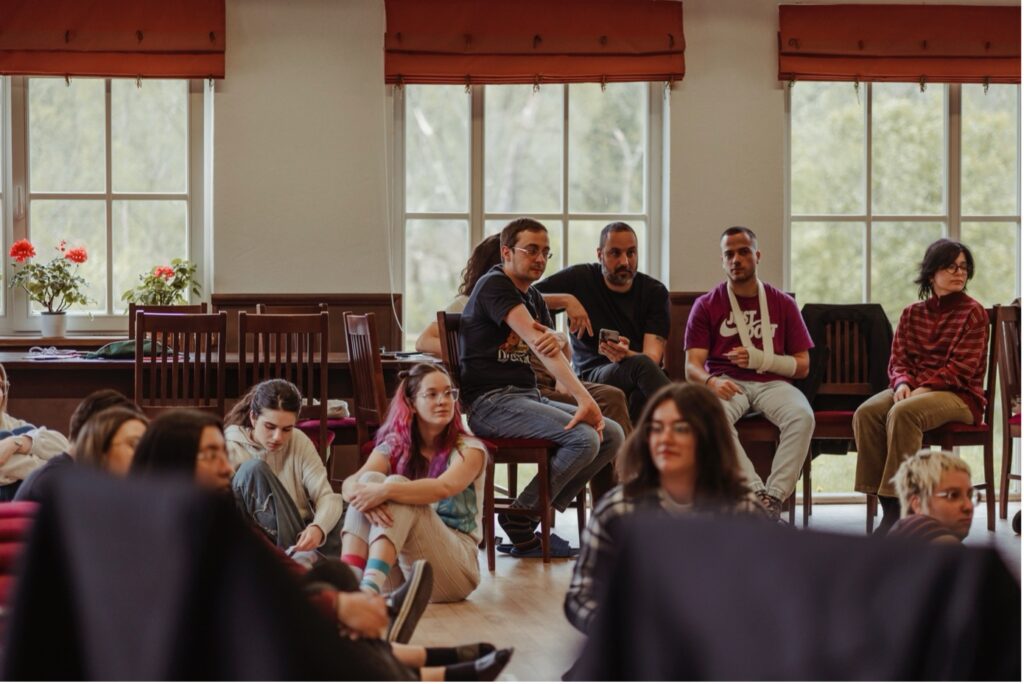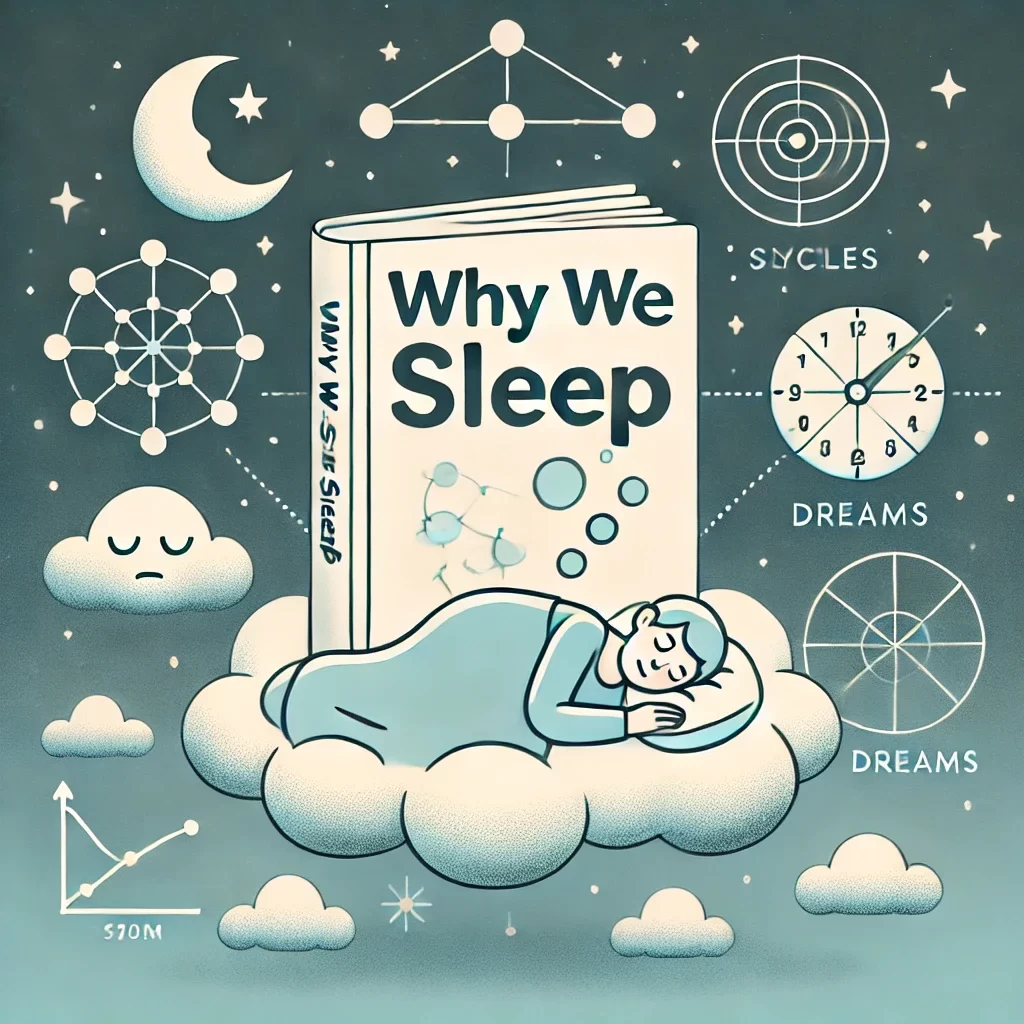I love games. Especially escape games. And I love learning. So when I discovered the EduEsc training course on educational escape room design, I knew I had to go. It took place from May 13 to 20, 2025, in Estonia, and promised a hands-on experience in game-based learning, critical thinking development, and innovative education methods.
What I didn’t realize? Just how intense and transformative it would be.

When I heard the challenge — “Create a functional educational escape room prototype about artificial intelligence (AI) and critical thinking in less than a week” — I panicked a little. I’m a big fan of media literacy, digital skills, and creative facilitation, but this felt… ambitious. How could we possibly build a working game in such a short time?
The training, organized by Shokkin Group Estonia, aimed to explore how educational escape games can promote European values, address complex social topics, and support youth development. Participants came from across Europe — facilitators, youth workers, learning designers — all eager to experiment with immersive, experience-based learning.
For me, the hardest part wasn’t the mechanics or puzzles. It was the conceptual design — figuring out the narrative structure, educational goals, and message. I spent hours surrounded by messy notes, half-formed ideas, and internal doubts. But once our group settled on a clear storyline and set of learning objectives, everything began to flow. Each new idea built on the last. What once felt impossible became excitingly tangible.
And then came the moment of truth: presenting our escape game prototype during a community event in Tallinn.

To my surprise — it worked. It actually worked! People played, engaged, thought, questioned. They discussed biases in AI, spotted hallucinations in generated content, and even reflected on their own daily use of tech. The look on their faces when they solved something or discovered a twist — that’s the magic of learning through play.
Sure, the process was intense. Time pressure, creative friction, late-night ideation, sticky notes everywhere. But the experience was also incredibly rewarding. I was reminded, once again, that the best learning often comes from discomfort. From challenge. From trying something you’ve never done before.
So if you’re a facilitator, trainer, or educator curious about educational games, digital literacy, or AI in the classroom — let this be your sign.
Try it. Break out of the traditional. Let learning be playful, challenging, and real. Because real learning begins where comfort ends.

The project was implemented by Shokkin Group Estonia and funded by the Estonian National Agency Noorteagentuur under the Erasmus+ programme of the European Commission.


